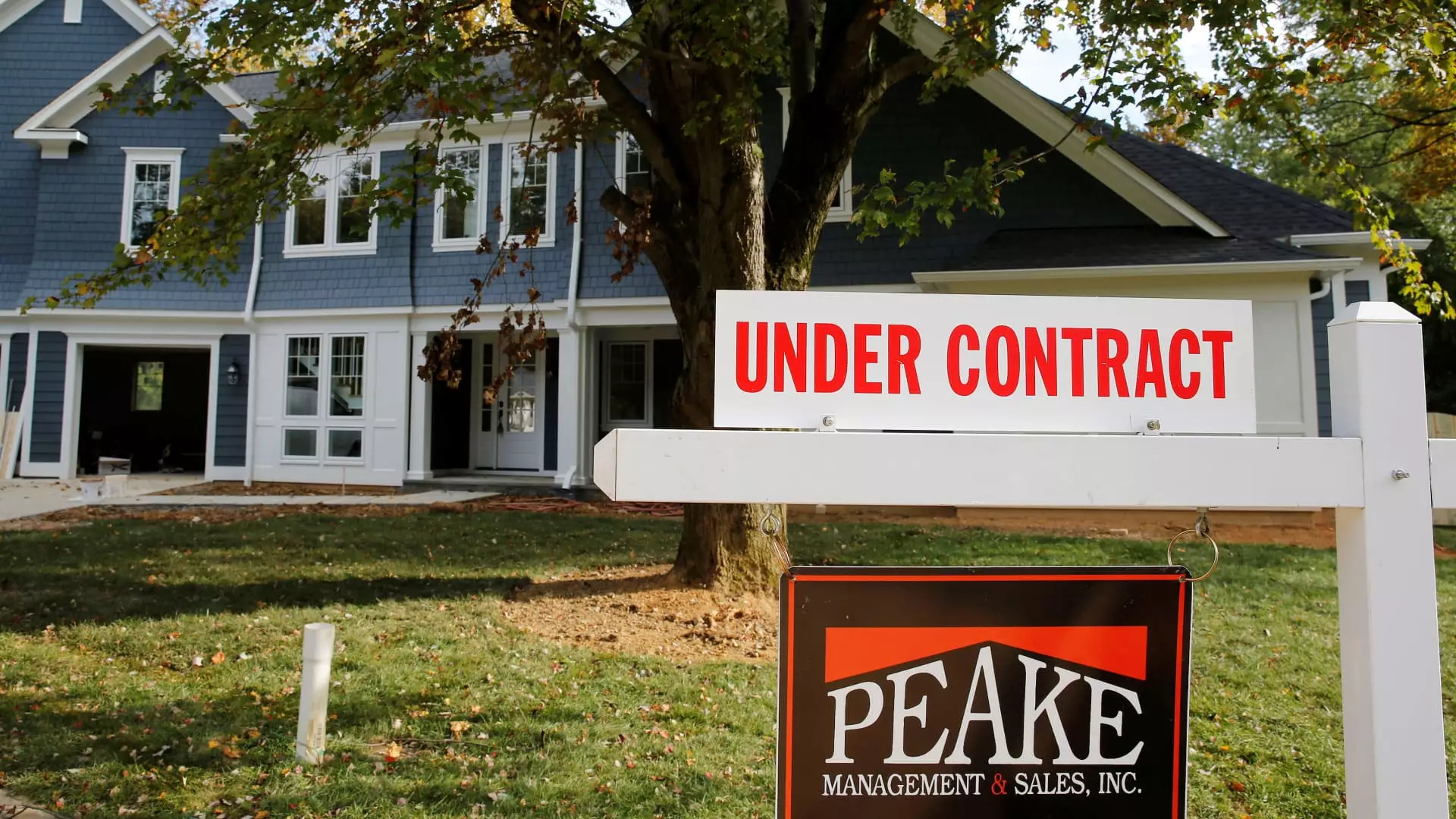Surging Home Sales: An Analysis of Recent Trends in the Housing Market

In a surprising turn of events, September witnessed a substantial 7.4% increase in signed contracts to purchase existing homes compared to August, as reported by the National Association of Realtors. This figure significantly surpassed analysts’ expectations, which were predicting only a modest gain of about 1%. These statistics mark the highest levels of “pending” transactions since March and demonstrate a 2.6% improvement over the same month in the previous year. Such pending sales data not only reflects on buyer enthusiasm but also serves as a real-time barometer of the housing market, revealing the responsive nature of today’s buyers to fluctuating mortgage rates.
A crucial factor in the surge of pending sales can be attributed to falling mortgage rates, which had been on a downward trajectory throughout August. By September 11, the average rate for a 30-year fixed mortgage dipped to a recent low of 6.11%, encouraging more buyers to take action. However, this drop was short-lived. As October approached, mortgage rates climbed back over the 7% mark, raising concerns about housing affordability and potentially stifling this unexpected spike in buyer activity. As Lawrence Yun, chief economist for the Realtors, pointed out, increased contract signings across various U.S. regions were due in part to this blend of lower mortgage rates and a greater inventory of homes available for purchase.
The increase in pending sales was not evenly distributed; there were notable regional disparities. The most significant gains were observed in the West, where home prices are typically higher, making buyers particularly sensitive to even slight reductions in mortgage rates. In contrast, the Midwest and South exhibited more stagnant trends, with pending sales remaining flat. This regional divergence underscores that housing demand is not merely a reflection of general economic conditions but is influenced by local market dynamics and buyer sentiment.
Despite the recent uptick in homebuying activity, broader trends in mortgage demand remain precarious. According to the Mortgage Bankers Association, while demand saw a year-over-year increase of 10%, levels are still historically low. This juxtaposition highlights a crucial challenge: while buyers are closing deals now with favorable conditions, the long-term sustainability of this momentum is questionable. Selma Hepp, chief economist at CoreLogic, cautioned that with mortgage rates creeping back toward the 7% threshold, the recent uptick in pending home sales may be fleeting. She suggests that such fluctuations may not be sufficient to elevate home sales in 2024 above those seen in 2023, hinting at an increasingly cautious market landscape.
While the housing sector has shown remarkable resilience in the face of shifting mortgage rates, ongoing challenges related to affordability and economic stability loom large. Though recent trends indicate a hopeful scenario, the extent to which they will hold remains uncertain. The interplay between buyer demand, mortgage rates, and regional variances will ultimately dictate the dynamics of the housing market in the months to come.





